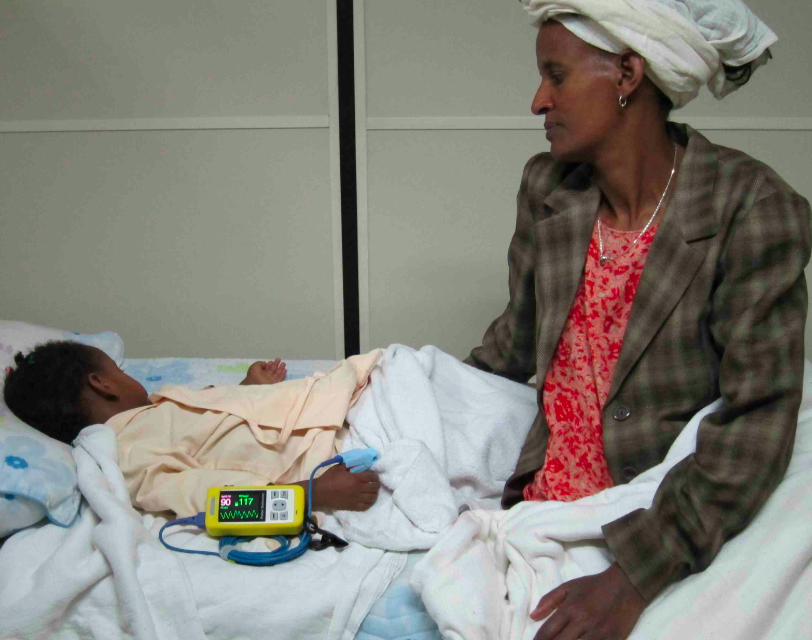FDA-standard for the low-resource setting
The Lifebox oximeter meets USA Food and Drug Administration standards for accuracy, extensive tests show.
“Accuracy of the Lifebox pulse oximeter during hypoxia in healthy volunteers,” published this month in the medical journal Anaesthesia, finds that the Lifebox model detects hypoxia at a degree of accuracy and bias that is comparable to the FDA-approved pulse oximeters made by major manufacturers for the medical device market in high-income countries.
The authors of the study recommend the equipment as an inexpensive solution for patient monitoring without compromising standards.
Pulse oximetry is essential for the safe delivery of anaesthesia, but more than 70,000 operating rooms worldwide lack access to this equipment. The founders of Lifebox Foundation set out to develop a sustainable solution and the result was the Lifebox pulse oximeter: high-quality, low-cost and specially designed for the low-resource setting environment.
Researchers at two independent testing facilities (University of California San Francisco and Duke University Medical Center) compared the performance and accuracy of this Lifebox model against arterial haemoglobin oxygen saturation (measured with a gold-standard multi-wavelength oximeter). More than 1400 comparisons on 57 healthy adults with a mix of sex and ethnicity were studied, with data collected on a saturation range from 60 to 100 per cent.
The Lifebox oximeter was found to meet USA FDA 510(k) standards for the detection of hypoxia, performing equally well as higher cost commercial units currently available in the USA.
It has a robust frame, rechargeable batteries and generic probes to ensure a longer lifespan and continuous monitoring. An intuitive interface that doesn’t require calibration makes the oximeter easy to use, while the multi-language education programme that comes with each device ensures that it is used appropriately, as part of a wider framework for surgical safety.
At US$250 including cost of delivery, the oximeter costs significantly less than any comparable device on the market, and is now in use across more than 70 countries worldwide.
An estimated 40 per cent of medical equipment is out of use at any one time in low-resource countries, but surgery takes place regardless. The need for effective, intelligent equipment like the Lifebox oximeter is obvious.
Lifebox welcomes the results of this study, and commends the development of high-quality environment-appropriate medical equipment to save lives where nothing else will.


